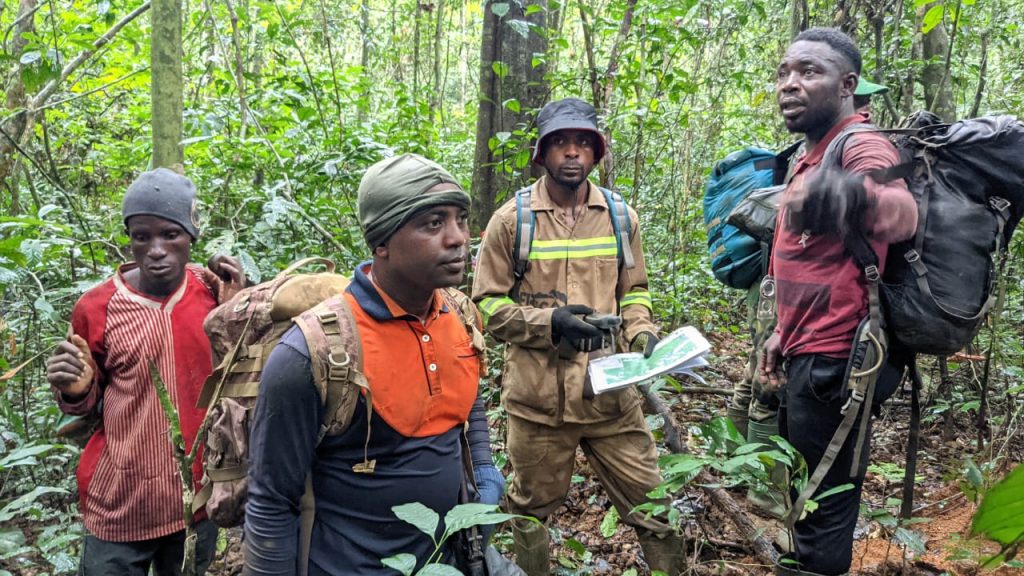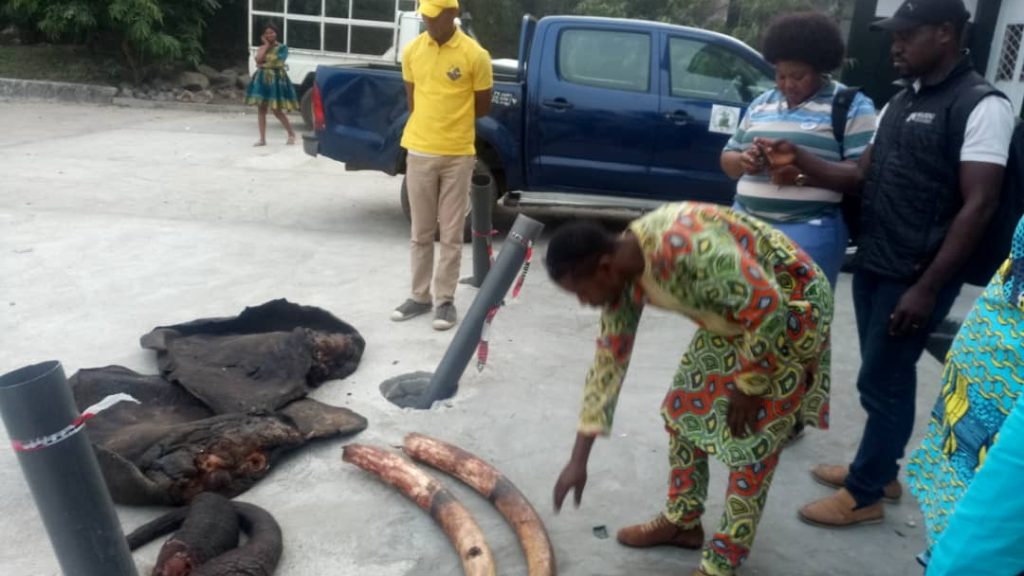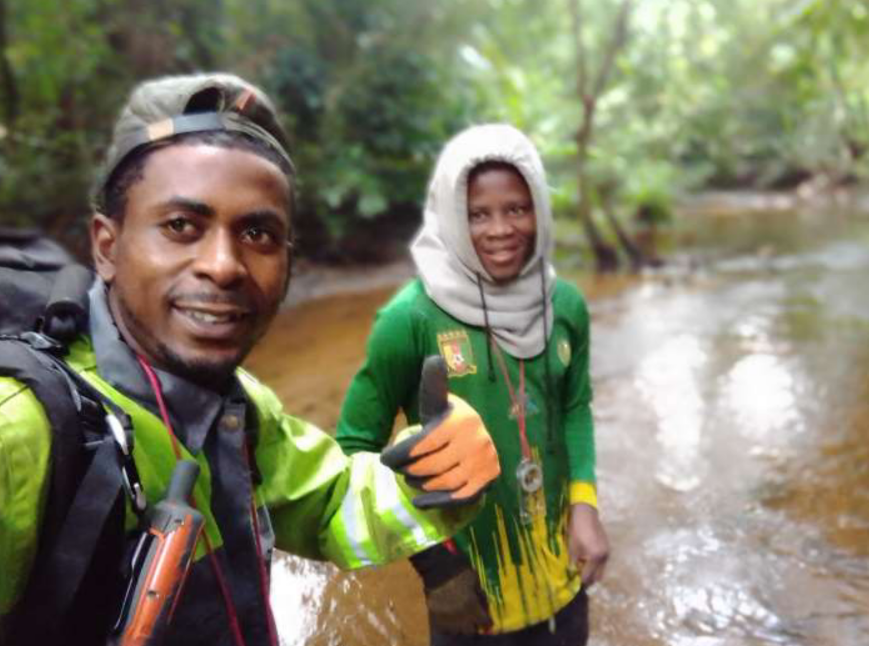
Study area
This study was conducted in Deng-Deng National Park (DDNP) located in the Eastern Region of
Cameroon in the Lom et Djerem Division (5°–5° 25′ N/13°–23° 34′ E,). Deng-Deng National Park
is characterized by an equatorial and humid climate with annual rainfall ranging between
1,500 and 1,600 mm (Diangha, 2015). It is located in the forest–savannah transition zone of the
country. The park area experiences seasonal dry and wet periods (Diangha, 2015), and other than
pangolins, it harbors vulnerable wildlife species including gorilla (Gorilla gorilla), chimpanzee
(Pan troglodytes) and forest elephant (Loxodonta africana) (Maisels et al., 2011).
Objectives
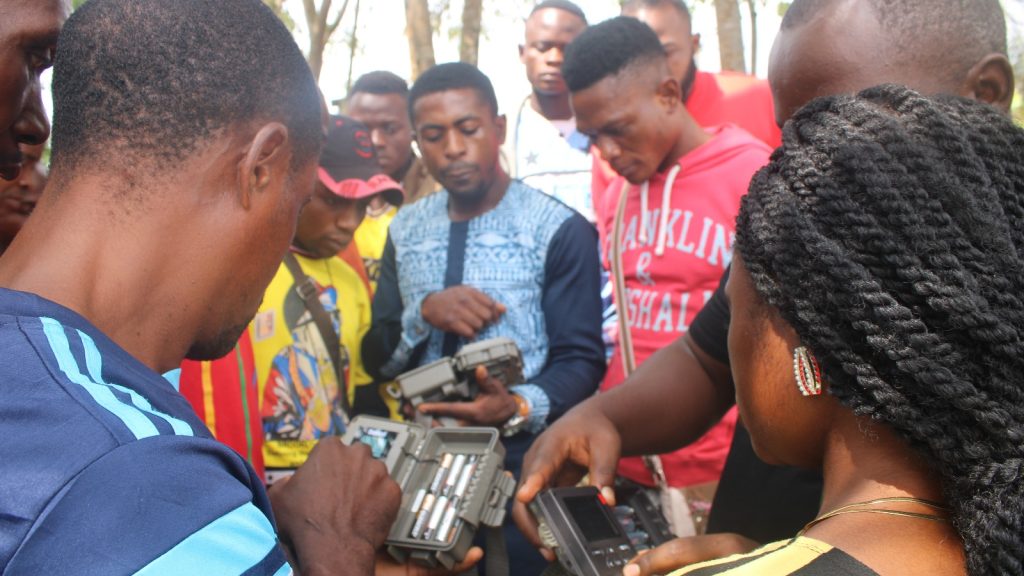
The MBZCF for the Community Rangers Project entails an in-depth skill building and awareness
of the local guides to be able to effectively function as citizen scientists. It is in line that this
working document is developed to guide the training and expansion of the community rangers
program.
Module 1: Introduction to Pangolins Socio-ecology
Module 2: Ecology of DDNP
Module 3: Survey methods of Pangolins
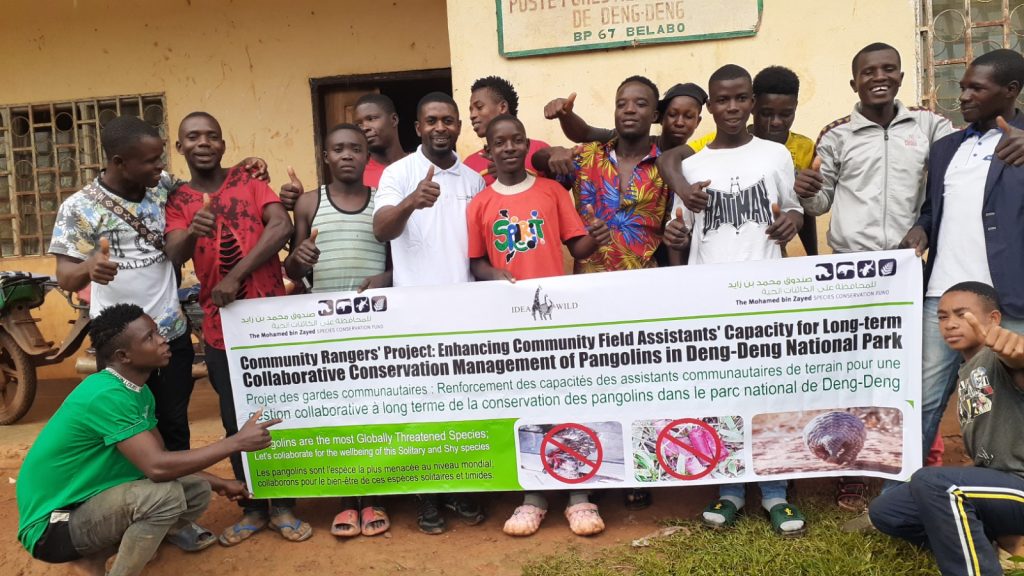
This report is centered on community and environmental activities, critical in boosting community participation and understanding in the need of the conservation of the Giant bellied pangolins in Deng-Deng national Park. Specific objectives: It was for us to:
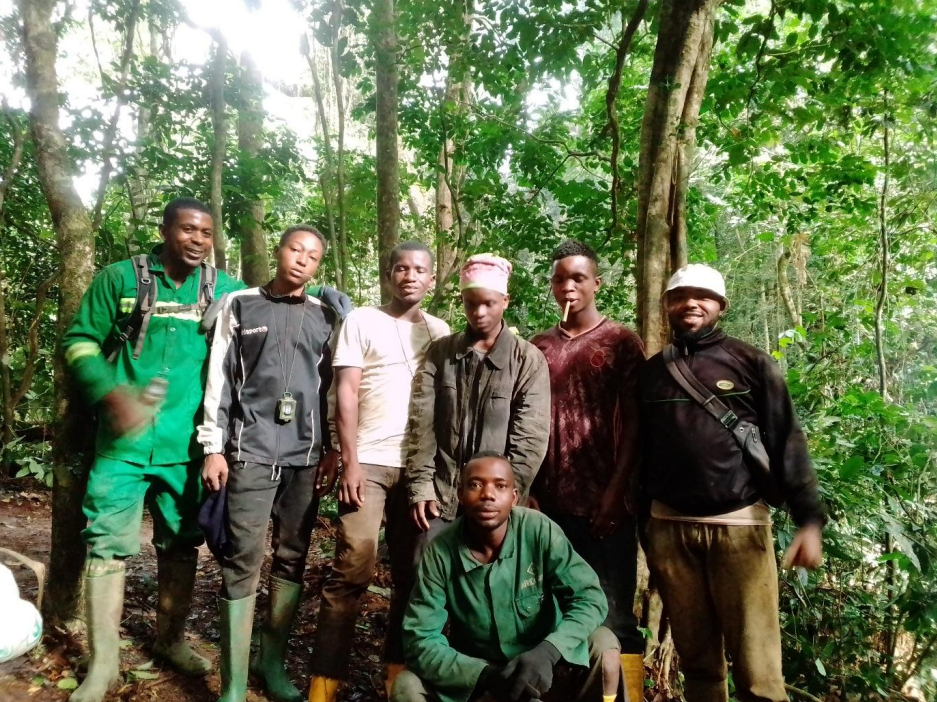
General Objective: To train 06 local field assistants in biomonitoring of pangolins using SMARTsurvey tools; camera trapping, GPS, cyber-tracking, and data collection and recording on fielddataforms for the long-term collaborative conservation of pangolins in the Deng-Deng National Park. Specific objectives: It was for us to:

Preliminary results
The presence of Pangolins in the study site of the Deng-Deng National Park (DDNP) based on Camerasinstalled in the southern forest zone shows a majority with successful detection and taking images of animals in general and mainly that of the Pangolin. The cameras confirmed the presence of Pangolins inthe park as well as in the different installation locations considered namely: simple dead tree trunks deadtree trunks with burrows housing and ground housing burrows (Fig 3E), tree trunks with sites nutritionand ground nutrition sites. And in different types of forests namely: mixed forests with open undergrowth(FMSO), mixed forests with closed undergrowth (FMSF), in mixed liana forests (FML), in a savannahforest transition zone (F-S) and the marsh/swamps with Raphia. The pangolin species photographedinthis area of the park is mostly Phataginus tricuspis, (White-bellied Pangolin) with just two photos of thegiant pangolin.
